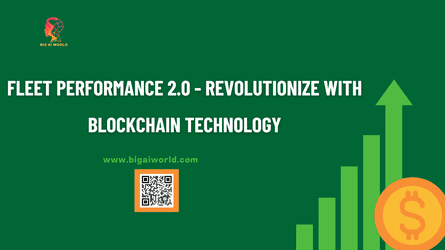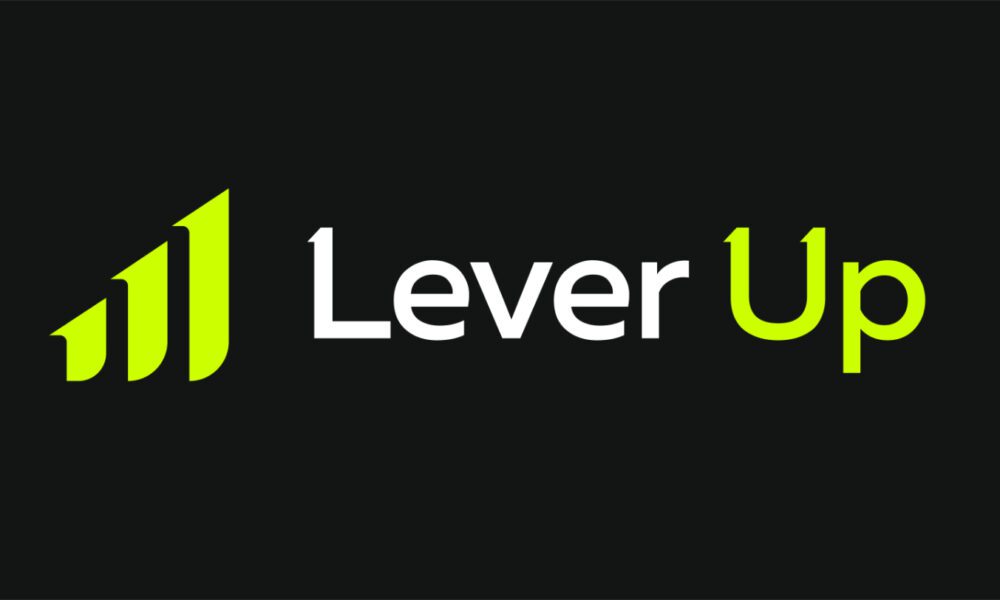In the ever-evolving landscape of fleet management, technology continues to be a driving force. Fleet Performance 2.0 is all about leveraging cutting-edge solutions to optimize operations and enhance overall efficiency. One such groundbreaking technology is blockchain. This article delves into how blockchain technology is revolutionizing fleet performance, its benefits, challenges, and real-world applications.
Understanding Fleet Performance 2.0
What is Fleet Performance?
Fleet performance, in the realm of vehicle and asset management, encompasses the multifaceted evaluation of the efficacy and efficiency of overseeing a group of vehicles or assets. This comprehensive process entails the constant surveillance and enhancement of a wide array of critical elements, including but not limited to fuel efficiency, maintenance procedures, safety protocols, and the overarching operational effectiveness of the entire fleet.
Each of these factors plays a pivotal role in determining the overall success of a fleet, making fleet performance optimization an integral component of any well-managed vehicle or asset fleet.
The Evolution of Fleet Management
The field of fleet management has undergone a remarkable evolution, progressing from the era of traditional manual record-keeping to the contemporary integration of cutting-edge technologies. The most recent advancement, known as Fleet Performance 2.0, represents a significant leap in the quest to enhance every facet of fleet operations. This revolutionary approach leverages the power of data-driven insights and employs a suite of innovative tools to achieve its optimization objectives.
The Role of Blockchain in Fleet Performance
The Basics of Blockchain
Blockchain serves as a revolutionary decentralized digital ledger, which operates by meticulously documenting transactions across a vast network of interconnected computers. This innovative technology offers a multitude of benefits, paramount among them being its ability to establish and maintain transparency, security, and trust within the realm of recorded data.
Blockchain Applications in Fleet Management
Blockchain technology has the remarkable capacity to revolutionize the management and validation of diverse fleet-related information. Among the wealth of data it can effectively track and authenticate are maintenance records, fuel consumption data, and driver behavior statistics. One of the standout advantages of blockchain lies in its decentralized architecture, which obviates the necessity for intermediaries or third parties.
This decentralization is pivotal in mitigating the vulnerability of data manipulation or tampering, ensuring that the information remains secure and unaltered, thus enhancing the overall integrity and reliability of fleet-related data management.
Advantages of Implementing Blockchain Technology
Enhanced Transparency and Accountability
Blockchain technology offers an unchangeable and permanent repository of all transactions related to a fleet, effectively guaranteeing an unparalleled level of transparency and accountability. This critical feature of blockchain plays a pivotal role in diminishing conflicts and elevating the confidence and trustworthiness among all parties involved in fleet management.
By providing an irrefutable and unmodifiable record of all fleet-related activities, blockchain contributes significantly to not only minimizing disputes but also fostering a more profound sense of trust among stakeholders, including fleet operators, clients, and regulatory entities.
Improved Security
Blockchain’s robust security mechanisms, grounded in cryptographic principles, establish a formidable defense against potential breaches. This technology serves as a formidable guardian, shielding sensitive fleet-related data from any unwarranted or unauthorized intrusion. In doing so, it upholds the utmost integrity and confidentiality of this invaluable information.
Through its encryption and authentication processes, blockchain fortifies the security posture, assuring that only authorized personnel can access and modify data, thereby creating an environment where the data remains both inviolate and confidential, meeting the highest standards of data protection.
Cost Reduction
Leveraging blockchain technology to enhance efficiency and mitigate the risk of fraudulent activities holds the potential for substantial cost savings within the realm of fleet management. The deployment of blockchain offers a multifaceted approach to cost reduction. By streamlining various operational processes, it not only optimizes resource utilization but also minimizes administrative overhead. Moreover, blockchain’s inherent resistance to fraud and data manipulation ensures a more trustworthy and reliable record of all fleet-related activities.
Overcoming Challenges in Adopting Blockchain
Integration with Existing Systems
Incorporating blockchain technology into established fleet management systems is a task that comes with its share of complexities. It necessitates a methodical and well-thought-out strategy, often involving a structured, step-by-step implementation process to prevent any major disruptions.
Data Privacy and Compliance
When introducing blockchain technology into an operational framework, it becomes imperative to address apprehensions associated with data privacy and adhere to regulations such as the General Data Protection Regulation (GDPR). This proactive approach is essential to facilitate a seamless transition.
The integration of blockchain inevitably triggers questions related to data privacy. It is crucial to define how personal and sensitive information will be handled within the blockchain ecosystem. This often involves the use of encryption techniques to protect data while allowing for authorized access.
Real-World Examples of Blockchain Implementation
Supply Chain Management
Blockchain technology has begun to make significant strides in the realm of supply chain management, revolutionizing the way businesses operate. Its impact is particularly pronounced through its capability to offer comprehensive end-to-end visibility and traceability throughout the supply chain network. This entails a profound transformation in the management of goods and services from their point of origin to their final destination.
Smart Contracts for Maintenance
Smart contracts, underpinned by blockchain technology, have the remarkable capability to revolutionize the way maintenance schedules and payments are managed within various systems. These innovative contracts offer a sophisticated means of automating these critical aspects of service management, bringing about a host of advantages that contribute to both timeliness and cost efficiency.
Future Trends in Fleet Performance 2.0
IoT Integration
The convergence of the Internet of Things (IoT) with blockchain technology marks a significant milestone in the landscape of data management and decision-making. This synergy between IoT and blockchain has the remarkable capability to furnish real-time data, which, in turn, facilitates two pivotal advancements: predictive maintenance and decision-making that is more informed and effective.
Sustainability Initiatives
Blockchain technology offers a powerful solution for tracking and assessing the environmental footprint of a fleet, making a substantial contribution to sustainability objectives and the promotion of environmentally responsible operations.
Preparing Your Fleet for Blockchain Integration
Assessing Readiness
Before implementing blockchain, assess the readiness of your fleet in terms of infrastructure, data readiness, and employee skills.
Selecting the Right Blockchain Solution
When selecting a blockchain solution for your fleet, it’s essential to carefully consider and choose one that perfectly matches your fleet’s unique requirements. This decision is not one to be taken lightly, and it involves understanding the distinctions among different types of blockchains, including public, private, and consortium options.
The Human Factor: Training and Adaptation
The successful integration of blockchain technology hinges upon the preparedness and adaptability of the workforce tasked with its implementation. This process demands a multifaceted approach, with two critical components being comprehensive training and effective change management strategies.
Training is imperative to equip employees with the necessary skills and knowledge to understand and operate blockchain systems efficiently. This involves imparting a deep understanding of blockchain’s underlying principles, its potential applications, and how to interact with the technology securely. Furthermore, training should encompass both technical aspects and the broader implications of blockchain for the organization.
Measuring Success: Key Performance Indicators
Define key performance indicators (KPIs) to measure the success of your blockchain implementation. These may include cost savings, efficiency improvements, and data accuracy.
Risks and Contingency Planning
Identify potential risks and develop contingency plans to mitigate them, ensuring the resilience of your blockchain-powered fleet management.
In the dynamic realm of the “Big AI World,” blockchain technology is undeniably the catalyst for a profound transformation in fleet performance. This innovative technology opens doors to a paradigm shift marked by unparalleled transparency, heightened security, and substantial opportunities for cost-saving. Yet, the journey toward its successful integration demands a thoughtful and strategic approach, characterized by rigorous planning, adaptability, and a keen emphasis on the human dimension.
As the landscape of fleet management undergoes continuous evolution, embracing blockchain technology emerges as the pivotal strategy for maintaining competitiveness and bolstering operational efficiency.

































